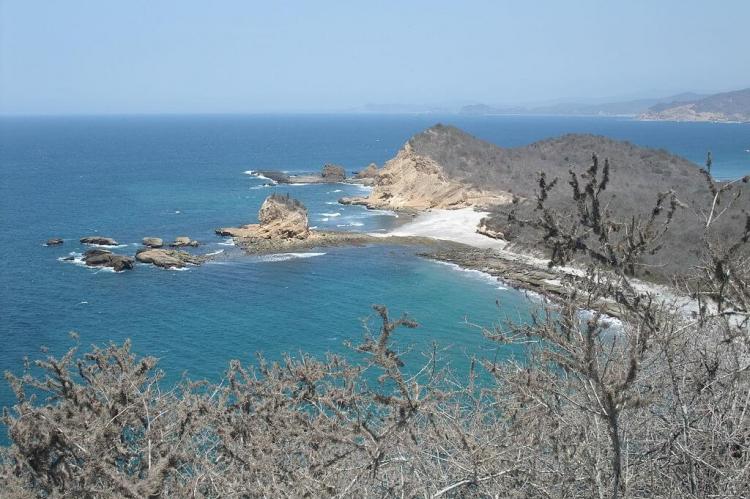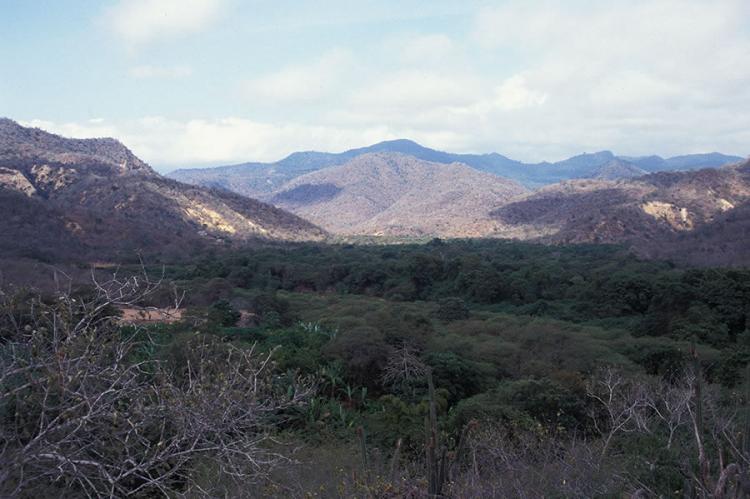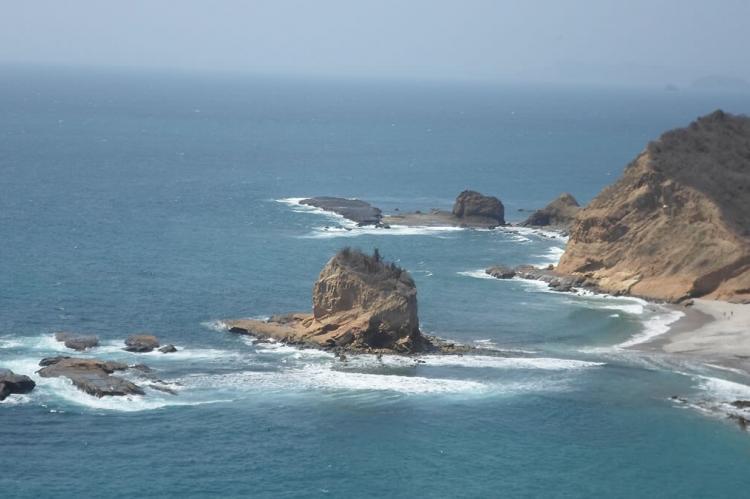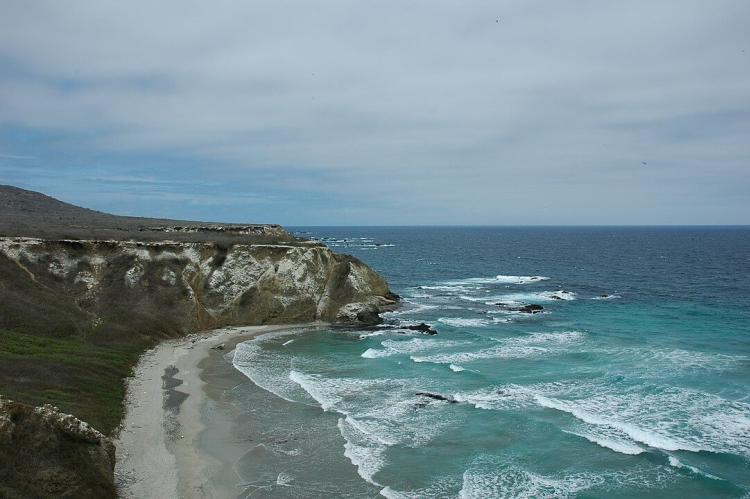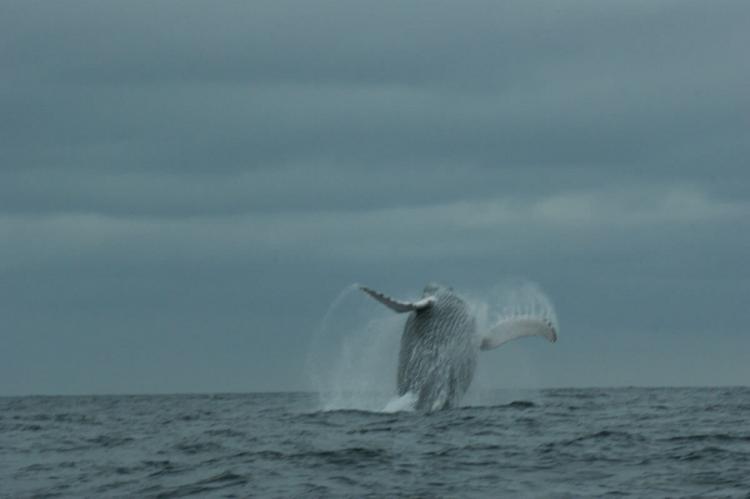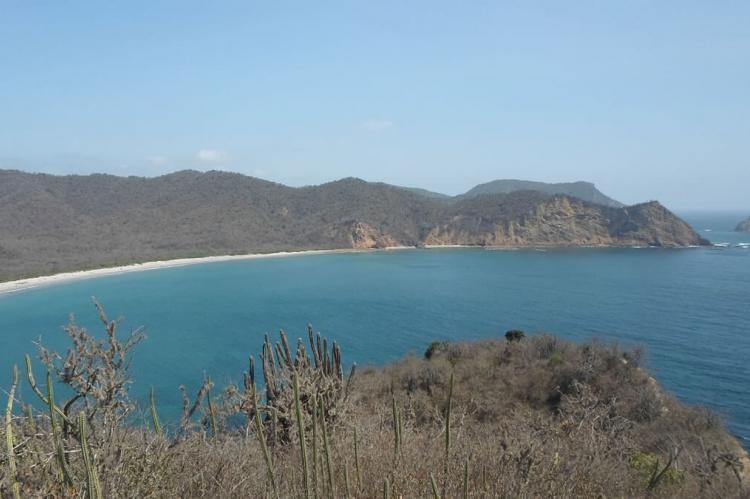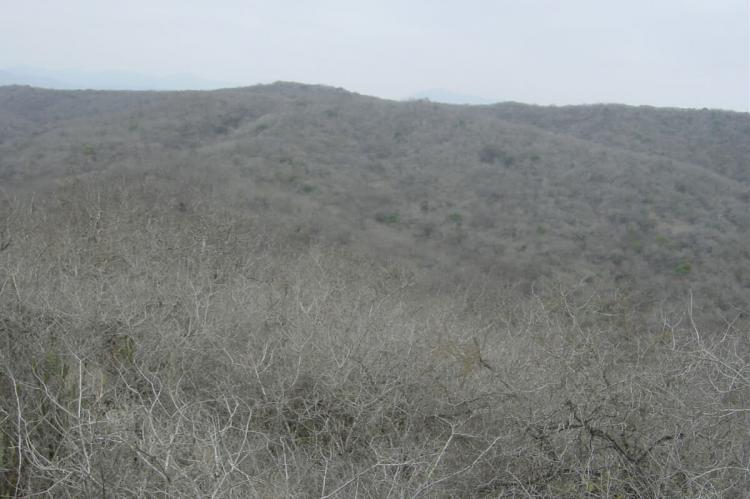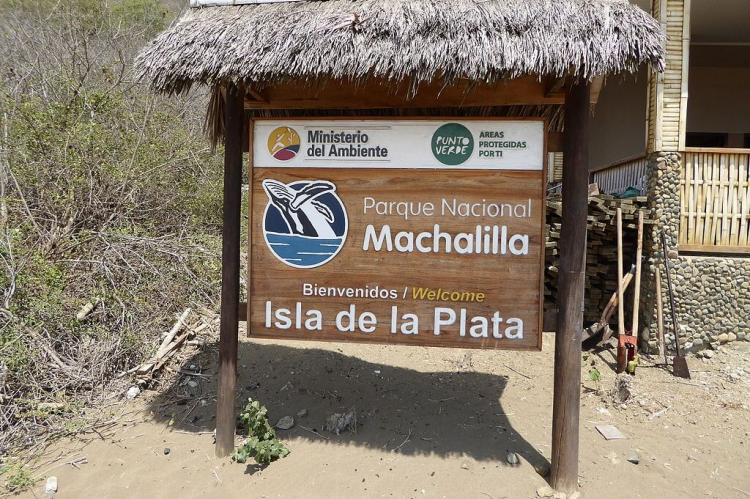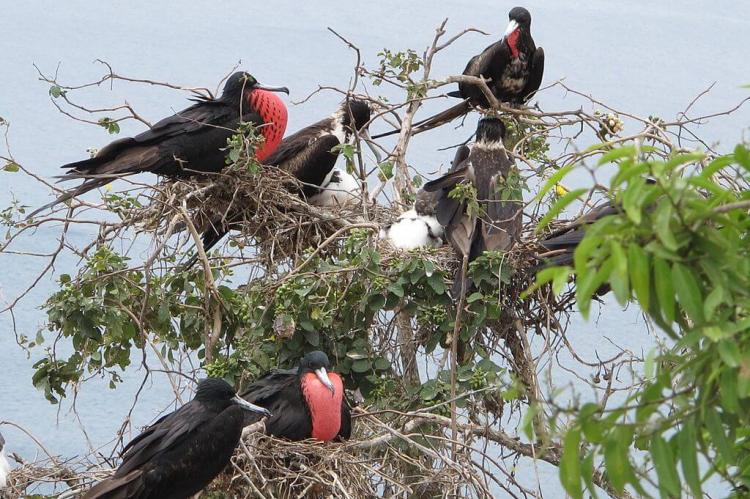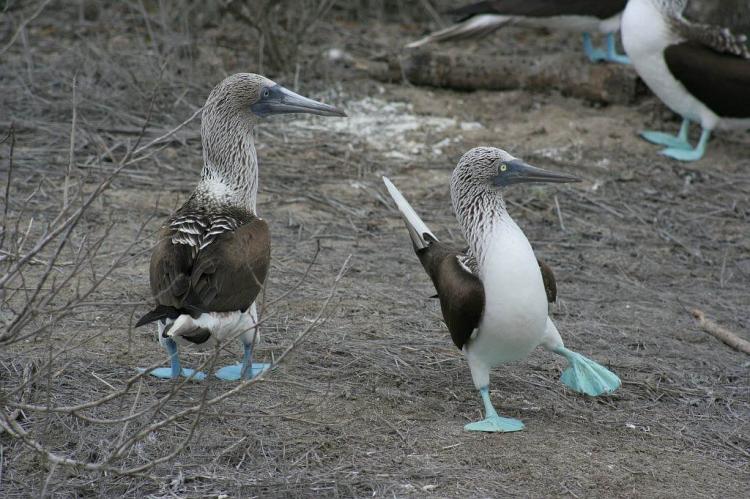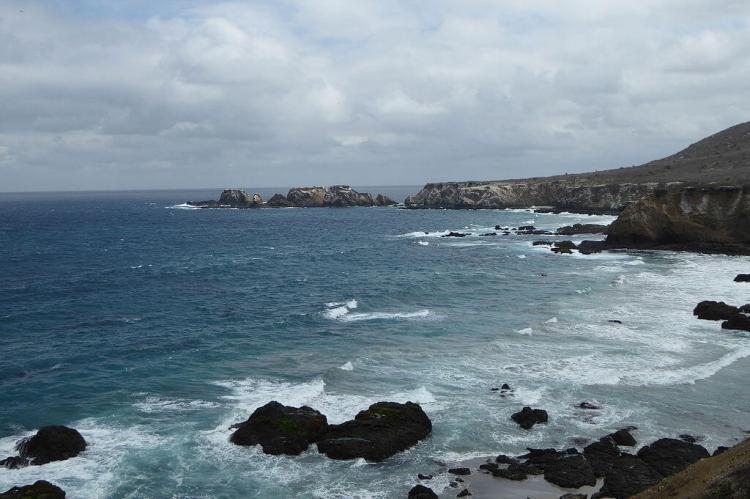Ecuador's Coastal Treasures: Exploring Machalilla National Park and Isla de la Plata
Ecuador's diverse landscapes are encapsulated within the boundaries of Machalilla National Park, a protected area along the country's Pacific coast. This expansive park is a haven for many ecosystems and species. Within its realms lies Isla de la Plata, a small yet ecologically rich island.
Biodiversity and Heritage: The Riches of Machalilla National Park and Isla de la Plata
Ecuador's diverse landscapes are encapsulated within the boundaries of Machalilla National Park, a protected area established in 1979 along the country's Pacific coast. This expansive park, covering 75,000 hectares (185,000 acres), is a haven for many ecosystems and species, both terrestrial and marine. Within its realms lies Isla de la Plata, a small yet ecologically rich island often dubbed "The Poor Man's Galápagos."
Geographical and Ecological Diversity
Machalilla National Park: A Mosaic of Ecosystems
Machalilla National Park spans three distinct regions: the North sector, the South sector, and Isla de la Plata. This park, situated in Manabí Province near Puerto López and the rural parish of Machalilla, encompasses a variety of landscapes, from beaches and fog forests to dry forests and small islands. It forms part of the Tumbes-Chocó-Magdalena biodiversity hotspot, renowned for its unique flora and fauna.
Terrestrial Ecosystems
At higher altitudes, Machalilla's forests resemble the Andean cloud forests, characterized by rainforest drizzle. Lower slopes transition into semi-deciduous and deciduous forests, while coastal areas feature dry scrub vegetation. Notable plant species include cacti, such as the candelabra cactus, and trees from the Mimosaceae and Capparidaceae families. Riparian forests are dominated by bamboo, cane, and large Ficus trees.
Marine and Coastal Ecosystems
The park's marine habitats include cliffs, sandy beaches, rocky shores, and low rugged islands. These areas provide critical breeding grounds for marine species, such as humpback whales, which migrate to these waters to breed.
Isla de la Plata: A Microcosm of Biodiversity
Located 37 kilometers (23 miles) off Puerto López, Isla de la Plata covers approximately 5.9 square kilometers (2.3 square miles). This uninhabited island is renowned for its rich biodiversity, often compared to the Galápagos Islands.
Avian Diversity
Isla de la Plata is a birdwatcher's paradise, hosting species such as frigate birds, pelicans, albatrosses, and red-billed tropicbirds. It is also home to the blue-footed booby, red-footed booby, and Nazca booby, which are emblematic of the island's avian diversity.
Marine Life
The island's surrounding waters teem with marine life, including green sea turtles, various species of rays, sharks, and the South American and Galápagos sea lions. The island is a significant breeding ground for humpback whales, attracting these majestic creatures during migration.
Biodiversity and Conservation
Fauna: A Sanctuary for Wildlife
Machalilla National Park is home to over 270 species of birds, including the regionally unique waved albatross and the Belted Kingfisher. The park's mammalian inhabitants include armadillos and two monkey species, among other regionally and locally endangered species. The park's pristine condition supports viable populations of numerous species, underscoring its conservation value.
Flora: A Rich Botanical Repository
The park's plant diversity is equally impressive, with species adapted to its various microclimates. The park is a botanical treasure trove, from cacti in the coastal scrublands to bamboo and cane in the riparian forests.
Conservation Challenges
Despite its protected status, Machalilla National Park faces several threats, including deforestation, commercial fishing, poaching, and the ecological impact of tourism. Activities like subsistence farming and livestock rearing within the park also challenge conservation efforts.
Conservation Initiatives
In 1991, The Nature Conservancy, the United States Agency for International Development, and partner organizations launched the Parks in Peril (PiP) program, contributing funds for conservation. These initiatives aim to mitigate human impact and preserve the park's ecological integrity.
Cultural and Historical Significance
Archaeological Heritage
Both Machalilla National Park and Isla de la Plata hold significant cultural value, evidenced by pre-Columbian artifacts and petroglyphs. Isla de la Plata, in particular, was an important offertory and religious center during the pre-Columbian era, with remnants of shrines and burial sites that offer a glimpse into the island's historical importance.
Legends and Myths
Isla de la Plata is shrouded in legend, with tales of buried treasure allegedly left by Sir Francis Drake. The island's name, meaning "Silver Island," may also refer to the large deposits of guano that give its cliffs a silvery appearance.
Tourism and Local Economy
Ecotourism Potential
Tourism is vital to the local economy, with Machalilla National Park and Isla de la Plata attracting visitors for their natural beauty and biodiversity. Ecotourism initiatives aim to balance visitor impact with conservation goals, promoting sustainable tourism practices that benefit both the environment and local communities.
Community Involvement
The local population, primarily engaged in fishing and subsistence farming, plays a crucial role in conservation efforts. Involving communities in ecotourism and conservation projects ensures that the benefits of preserving these natural areas are shared and sustainable.
Conclusion
Machalilla National Park and Isla de la Plata are gems of Ecuador's Pacific coast, rich in biodiversity and cultural heritage. Their diverse ecosystems, unique wildlife, and historical significance make them invaluable for conservation and ecotourism. Protecting these areas is crucial for maintaining ecological balance, preserving the cultural legacy and supporting the livelihoods of local communities. These coastal treasures will testify to Ecuador's natural and cultural wealth as conservation efforts continue.
